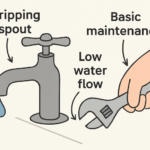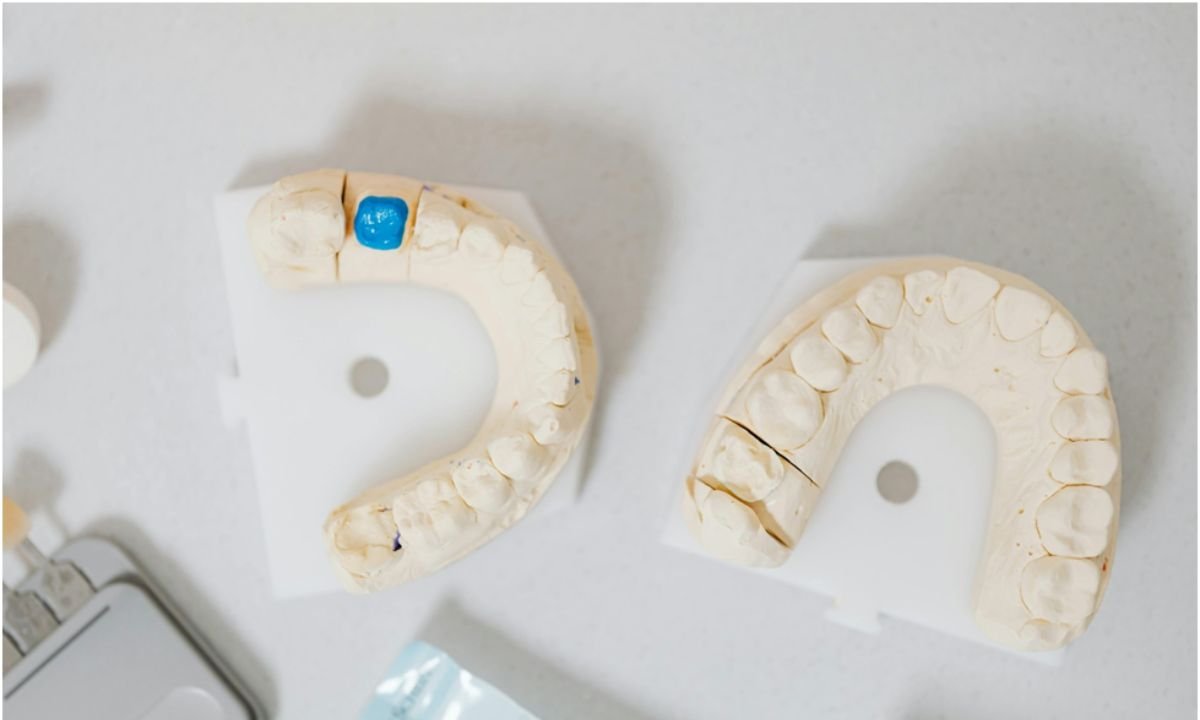When a tooth is badly damaged or missing, it’s important to explore your options for repair or replacement. Not only do gaps affect your smile, but they can also impact your ability to chew, speak clearly, and maintain good oral health. Two of the most common dental restoration options are crowns and bridges, but which one is right for you?
In this guide, we’ll explain what crowns and bridges are, when each is used, and the benefits of choosing the right solution for your needs. Whether your goal is to protect a damaged tooth or fill an empty space, understanding the difference will help you make an informed decision.
What Is a Dental Crown?
A crown is a tooth-shaped cap that covers a damaged or weakened tooth. It restores its shape, strength, and appearance. A crown can also be placed over a dental implant or used to support a bridge.
Crowns are often made from materials like porcelain, ceramic, metal, or a combination. They’re designed to blend in with the surrounding teeth, making them a discreet and long-lasting option.
When Might You Need a Crown?
You may be recommended a crown if:
- Your tooth is cracked, broken or severely worn down
- You’ve had a root canal and need to protect the tooth
- A large filling has weakened the remaining tooth structure
- You want to improve the look of a discoloured or misshapen tooth
- You need a restoration to fit over a dental implant
Crowns are ideal for cases where the root is still healthy, but the visible part of the tooth is damaged beyond what a filling can repair.
What Is a Dental Bridge?
A bridge is used to fill the gap left by one or more missing teeth. It consists of one or more artificial teeth, known as pontics, supported by crowns on the neighbouring natural teeth. These crowns are placed on either side of the gap and anchor the bridge in place.
Bridges can also be supported by dental implants, which eliminates the need to reshape healthy teeth.
When Might You Need a Bridge?
A dental bridge is commonly used when:
- You’ve lost one or more teeth in a row
- You want a permanent, fixed solution (not a denture)
- The teeth next to the gap are strong enough to support crowns
- You want to prevent your remaining teeth from shifting
Without a replacement tooth, surrounding teeth can drift into the gap, leading to bite issues and potential gum problems.
Key Differences Between a Crown and a Bridge
The main difference is that a crown repairs an existing tooth, while a bridge replaces one or more missing teeth.
A crown is used when part of your natural tooth is still present. A bridge is used when the tooth is entirely missing, and there’s a need to fill the gap. However, bridges often include crowns as part of their design, since they rely on neighbouring teeth for support.
Advantages of Dental Crowns
- Strengthens weakened or damaged teeth
- Improves appearance and alignment
- Restores function so you can chew and speak more comfortably
- Offers long-lasting durability with good care
- Can be matched to the colour of your natural teeth
Crowns offer an effective way to protect vulnerable teeth from further damage, especially after treatments like root canals.
Advantages of Dental Bridges
- Provides a fixed solution for missing teeth
- Prevents other teeth from shifting
- Restores the shape of your face and improves speech
- Improves your ability to chew food properly
- Offers quicker results than implants
Bridges are especially useful when implants aren’t an option or when a patient prefers a faster and more affordable solution.
Things to Consider Before Choosing
Every smile is different, and so is every treatment plan. St Clears Dental Studio will take into account several factors, including:
- The number of teeth affected
- The condition of nearby teeth and gums
- Your bite and overall oral health
- Your preferences and budget
- Long-term goals for your smile
If your tooth is damaged but salvageable, a crown may be the best route. If the tooth is missing or needs to be removed, a bridge could be more appropriate. In some cases, your dentist may also discuss dental implants as an alternative.
How Long Do They Last?
Both crowns and bridges can last many years, depending on the material and how well you care for them.
- Crowns typically last between 10 and 15 years
- Bridges often last 5 to 15 years
Good oral hygiene, regular dental check-ups, and avoiding habits like grinding your teeth or chewing hard items can help extend your lifespan.
How Are They Fitted?
The process for both crowns and bridges usually involves two appointments.
For a crown:
- The tooth is shaped and prepared
- An impression is taken
- A temporary crown may be placed
- The final crown is fitted at a follow-up visit
For a bridge:
- The teeth either side of the gap are shaped
- An impression is taken for the bridge
- A temporary bridge may be used
- The final bridge is cemented into place at the next visit
The procedure is painless and carried out under local anaesthetic.
Caring for Your Crown or Bridge
Looking after your restoration is straightforward. Stick to a routine of brushing twice a day with fluoride toothpaste and cleaning between your teeth daily. Pay particular attention to the area around the crown or bridge to prevent plaque build-up.
Avoid hard foods that can chip or crack the restoration, and always attend routine check-ups so your dentist can make sure everything stays in good condition.
Final Thoughts
Whether you need to repair a damaged tooth or replace a missing one, both crowns and bridges offer dependable, long-term solutions. The right choice depends on your dental needs, the condition of your surrounding teeth, and your overall goals for oral health.
Crowns are best for strengthening and protecting teeth that are still present, while bridges are a smart option when a tooth is missing entirely. Your dentist can assess your situation and help you choose the treatment that suits your needs and lifestyle.
Don’t let damaged or missing teeth hold you back. Modern dentistry offers reliable ways to restore your smile and support better oral health for the future.
READ ALSO: How Long Does Tooth Bonding Last? Tips to Make It Last Longer











